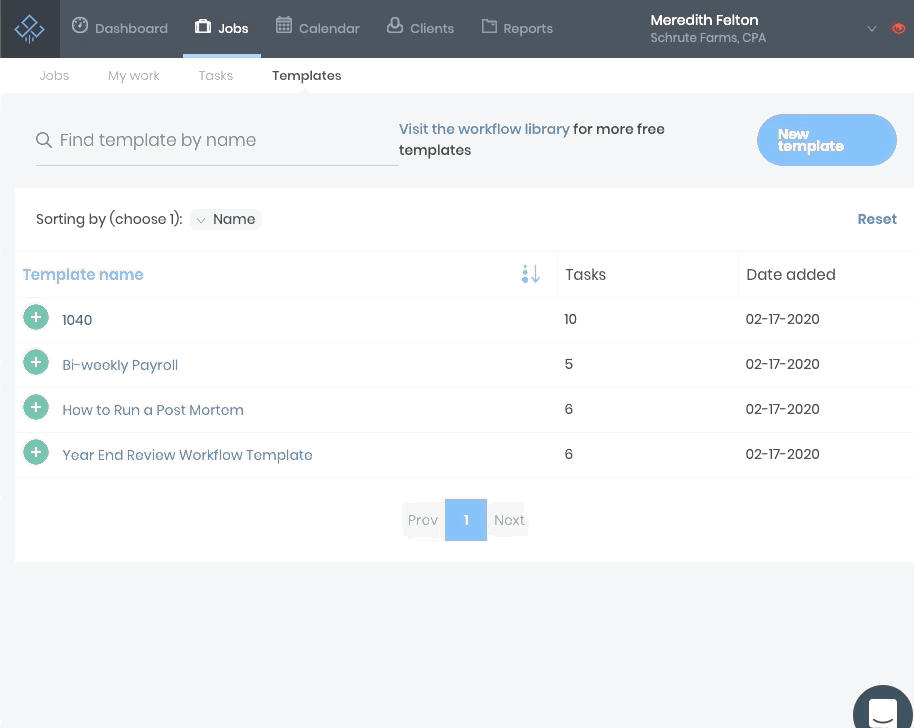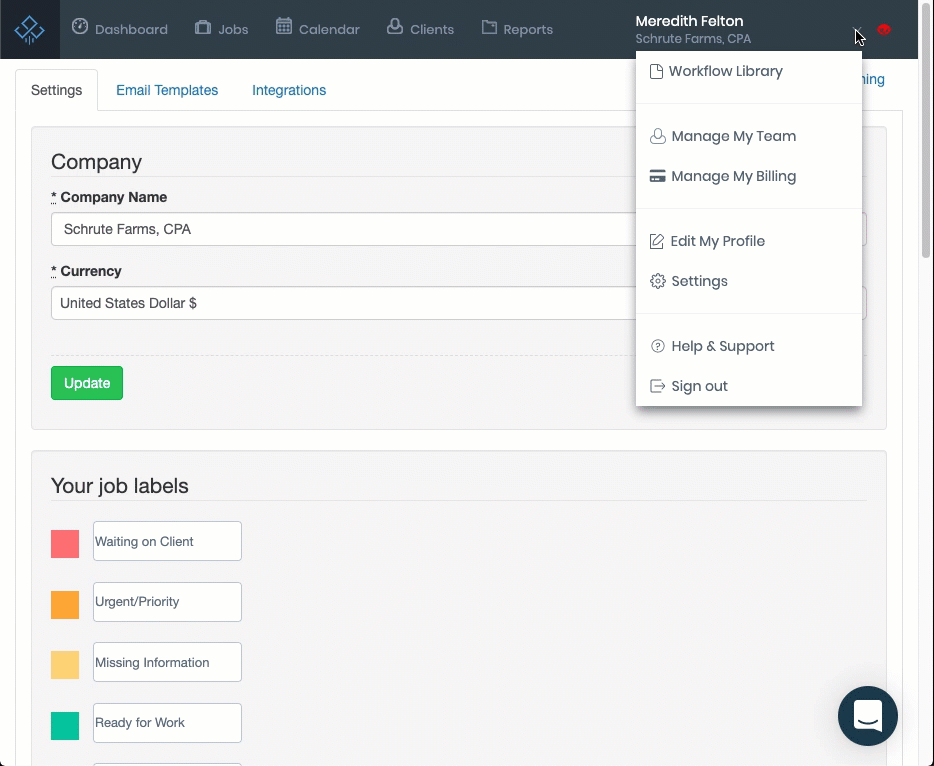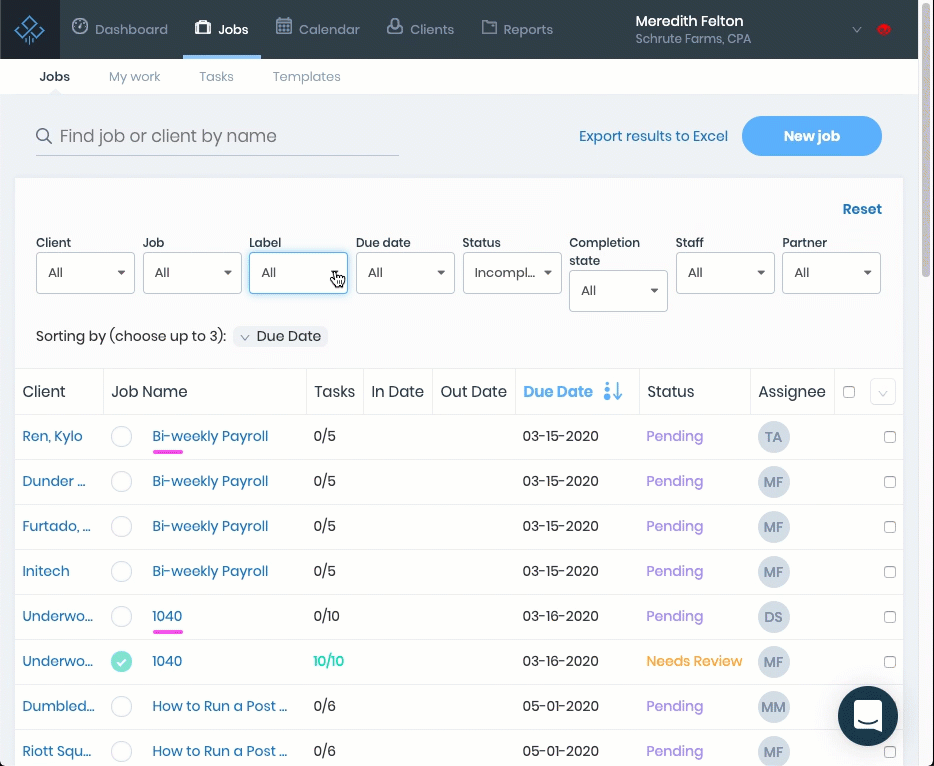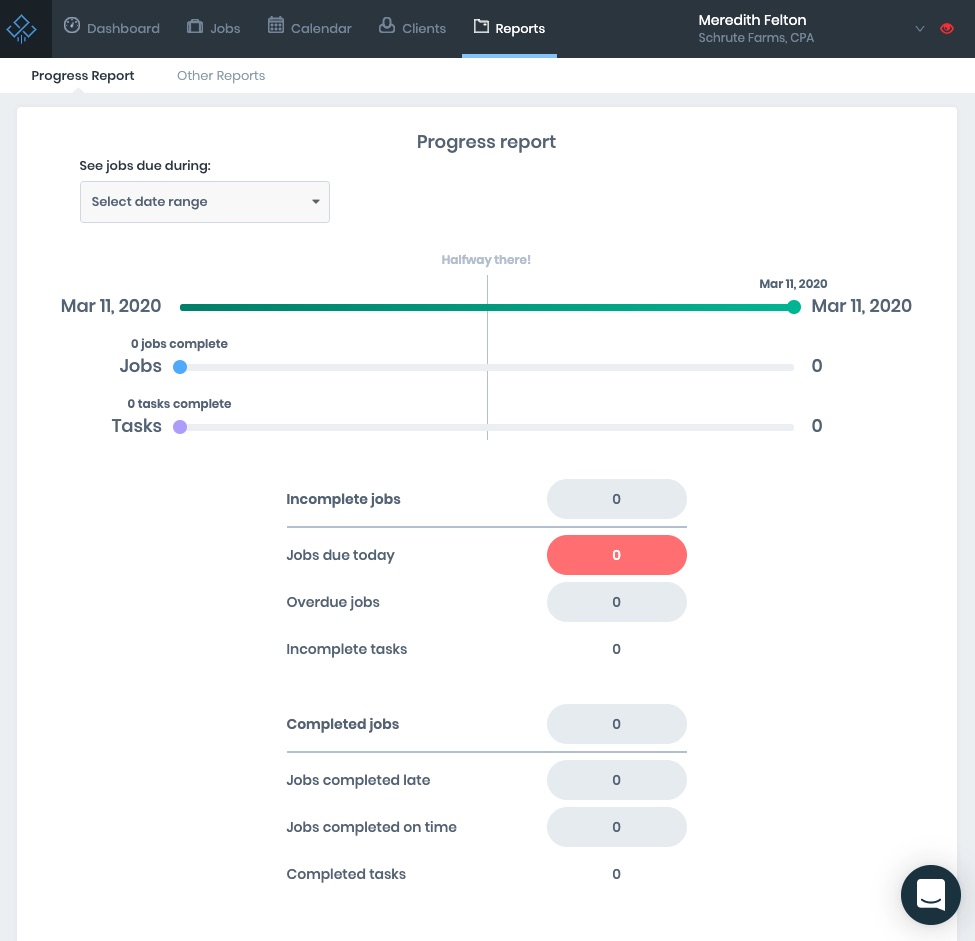Scope Creep in Accounting: How to Increase Revenue from Every Client

What is scope creep, and how do we avoid it, or manage it when it happens despite our best efforts?
Let’s start with a story that might be relatable.
You just landed a new client you’ve been working hard to acquire. (Congratulations!) You’re doing the work, and they’re paying you for it.
But there’s a problem: This client continues to ask you to do peripheral services not included in your engagement letter. One “Can you take a look at this,” question here, and a “Whoops, I forgot I also have X funds to include,” there, and suddenly, you’re doing much more work than you agreed to do. The client expects you to do this extra work without paying you extra for it.
If this had been communicated to you earlier, you would have set your fee accordingly. But you don’t ask for more fees because you want to maintain a good relationship with your new client. So you eat the cost of the extra time spent and miss out on additional revenue.
What can you do to keep this client happy? How can you prevent this stress from showing up again in the future? Let’s take a look at why this happens, how to prevent it, and how to save yourself from additional headaches when this issue comes up.
Does Scope Creep Happen to Everyone?
In a small business, it’s easy to feel alone, especially when problems come your way that you may not have encountered before. This story, though, is common to anyone in any industry. We call this anxiety-causing scenario, “scope creep.”
Scope creep comes up any time you work on requests that were not previously in your agreement with your client. Answering one-off questions or adding more services that the client doesn’t expect to pay for are common examples of concept creep you may have experienced.
Scope Creep Definition
Before we dive into defining scope creep, let’s look at a healthy baseline of set expectations, or work scope. The scope of work includes all of the tasks that are expected to be completed for a job you agreed to do.
Now let’s define scope creep: this is a gray area in which your client asks you to do more along the way than you could have anticipated. These tasks are often small and easy to miss but should be included as an additional charge to your client, as they take up more of your time than was originally agreed upon in your scope.
3 Common Causes of Project Creep
As the name suggests, scope creep isn’t always obvious and is more likely to sneak into the workflow slowly and quietly. The following are the 3 most common scope creep examples that can be avoided:
1. Lack of Clarity About the Project Scope
Your client signs a contract agreeing to fixed pricing or value pricing, but hasn’t anticipated all of the help that they might need. You might have forgotten to include language in your contract about how much extra services cost and your solution for reprioritizing or taking on additional work as needed.
2. Making a Habit of Over-Delivering
Like all great companies, you want to offer five-star service to all of your clients. Sometimes, this means you commit to executing all of the requests of your client even if they haven’t paid for them.
You want to maintain a positive relationship with your client and a glowing review to help your business grow, so you continue to let them off the hook when they ask for more than you’re contracted to do. The client may be happy, but your time and resources have been worn thin from the over-delivery, and other clients’ needs might even have been neglected or deprioritized as a result.
3. Not Prioritizing Time to Review and Reflect
As each job comes to a close for each client, you’re ready to move onto the next without taking time to look back at how the project went. You may not remember the instances of scope creep from all of your clients, so when they ask you for work in the future, you say yes without changing the contract, and you’re back in the cycle of over-delivering and wishing you’d set clearer expectations sooner.
5 Best Ways to Manage Scope Creep
As much as we want to help our clients with anything they request, we can’t always sustain the level of work we provide without additional compensation. Here are our top 5 tips for a successful scope management plan:
1. Get specific in your engagement letter.
Double-check that you have listed both included and excluded services in your contract. This will set the expectation clearly and can be referred to when new requests come up.
2. Communicate your expectations early and often.
Each new phone call or email you receive from your client is a possible opportunity for scope creep. If they’re asking for you to do something you would usually charge extra for, you have the power to let them know what that service costs. You can decide to waive the fee if the relationship necessitates it, but in the long run, you’re more likely to establish good rapport if you reinforce the value you bring and remind them that your time and expertise are worth investing in. (Remember: Lost Time = Lost Revenue.)
3. Prioritize your time.
As additional requests come in, consider how to prioritize each of the total tasks for this client. This is the time to decide whether you need to outsource or delegate tasks, spend more of your own hours in the office, or push the deadline for the job.
4. Make sure your whole team is on the same page.
It’s important to stay in constant contact with your colleagues about your progress on work for a shared client. Workflow software like Jetpack Workflow simplifies these conversations with features like job templates, recurring tasks, and collaboration tools.
5. More services, more money.
Remember that you always have the option to revise your contract to include the new services and their associated fees. If you miss it on this job, you can always take note and remember to include it in your contract for the next time to make sure you’re charging enough for your services.
BONUS: Review the work you do for each client.
For each client, record the services performed, amounts of revenue earned, and any of the extra tasks you take on that may or may not be considered scope creep. Jetpack Workflow makes this easy in 3 steps:
- Use a template for each service you offer. In your template, you can include the time budgeted for the job to hold you — and your client — accountable to your agreed deadline. If you learn that you need more or less time for a service, you can adjust the timing and update the template for the next season.

- Label potential problems. Every time a client requests a gray-area task, you can add a “Scope Creep” label and apply it to every Job that has wandered into creep territory.

In the Clients tab, you can filter all jobs containing this label to identify the clients that are chronic scope-creepers.

- Review missed deadlines. If you don’t catch the scope creep during the job, you can review “Jobs completed late” in the Progress Report view under the Reports tab. This is another great way to keep tabs on jobs that weren’t finished on time and note what went wrong with each. Scope creep likely isn’t 100% of the cause 100% of the time, but you might be surprised by how prevalent it is once you start to record each of these instances.

Ready to eliminate scope creep in your business?
Sign up for our 14-day free trial today to learn how a workflow software like Jetpack Workflow can help you generate more revenue with a better scope management plan.





